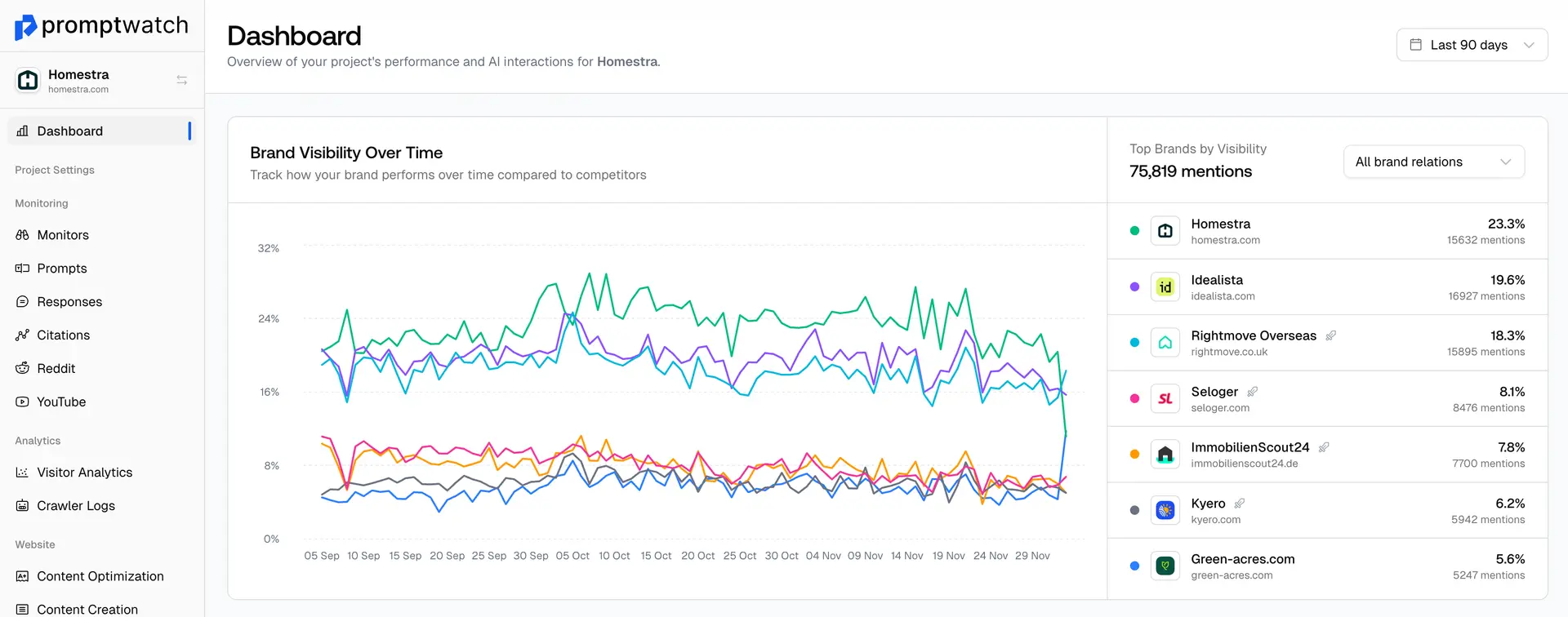Definition
Few-Shot Learning is the AI capability to learn and perform new tasks from just a handful of examples, typically 2-10 instances, rather than requiring thousands of training samples like traditional machine learning approaches. It's like having an incredibly quick study who can understand a new concept or task after seeing just a few examples, then apply that understanding to similar situations.
This capability is particularly powerful in modern AI systems, where you can provide a few examples of the desired output format, style, or approach, and the AI can then generate similar content for new inputs. For instance, you could show an AI system 3-4 examples of how you want product descriptions written for your e-commerce site, and it can then generate descriptions for hundreds of other products in the same style and format.
For businesses, few-shot learning represents a game-changing efficiency tool. Instead of spending weeks training custom AI models or providing extensive datasets, you can achieve specialized AI behavior with just a few well-chosen examples. This democratizes AI customization, making it accessible to businesses that don't have large AI teams or extensive technical resources.
The strategic value extends beyond just efficiency. Few-shot learning allows businesses to quickly adapt AI tools to their specific brand voice, industry requirements, and customer needs. A consulting firm can provide a few examples of their analytical framework and have AI apply that same approach to new client situations. A content creator can show examples of their writing style and have AI generate content that maintains their unique voice and approach.
In the context of GEO, few-shot learning is relevant because AI systems can quickly adapt to new query types or content formats when they have good examples to work from. If your content consistently demonstrates high-quality patterns—clear structure, authoritative tone, comprehensive coverage—AI systems can recognize and replicate these patterns when generating responses about your industry or expertise area.
Examples of Few-Shot Learning
- Providing ChatGPT with 3 examples of your company's email newsletter format, then having it generate newsletters for different topics in the same style
- Showing an AI system a few examples of how you analyze market trends, then having it apply the same analytical framework to new markets
- Giving Claude examples of your customer service response style, then using it to draft responses to new customer inquiries
- Demonstrating your content structure with a few blog post examples, then having AI create outlines for new topics using the same approach
